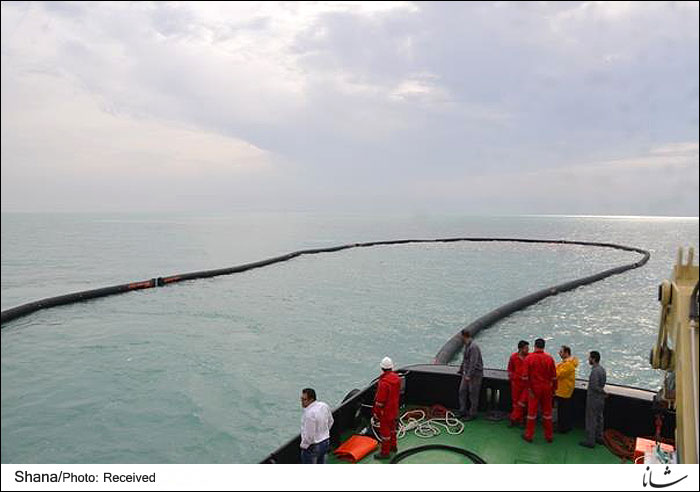From 1999 to 2000, Shell, Lasmo and Veba Oil teamed up to conduct studies in the Iranian sector of the Caspian Sea. The three renowned companies established the South Caspian Study Group (SCSG) which concluded that the Iranian section was potentially rich in oil.
One of the objectives pursued by SCSG was to see if one could expect the existence of oil system (including source rock, reservoir rock and cap rock) in Iran’s Caspian Sea sector. After 10,000 kilometers of 2D seismic operations during 22 months, the answer was affirmative.
The study group also reviewed data related to 26 wells drilled in Azerbaijan and Turkmenistan and compared the connection between the formations in wells drilled in Iran and in the two countries. Other activities of SCSG included geochemical study of oil leaks and examination of any similitude between these leaks and the source rocks in neighboring countries.
In the end, geological and geophysical studies laid bare 86 geological structures in the Caspian Sea with 46 of them in better conditions. Eight of them were picked as prioritized structures for exploration and production studies. To that effect, drilling operations were conducted on one of the eight prioritized blocks in February 2010. The result was the exploration of Sardar-e-Jangal hydrocarbon field deep in Caspian waters.
Geological Hazards; Deepwater Drilling Challenges
The main challenge to geologists operating in the Iranian sector of the Caspian Sea is the non-existence of adjacent oil well or field for correlation.
In order to identify geological structures, formations or hydrocarbon reservoirs, the similarities between the wells being spudded and the wells drilled 500 meter to 2 kilometers farther are taken into account. The nearest field with useful data is Azerbaijan’s Shah Deniz which is nearly 170 kilometers away from Sardar-e-Jangal. That increases geological risks.
Modeling for Caspian Meteorological Data
Since the sea environment is the main factor in designing marine structures, the Caspian Sea is being modeled by Iran-Astara oceanography mooring which is the only one in the Caspian waters.
This project was proposed by the Engineering and Manufacturing Directorate of Khazar Exploration and Production Company (KEPCO) last year to provide highly valuable data. Meanwhile, due to the necessity of more precise meteorological data which the Meteorology Organization cannot provide, a second oceanography mooring is also planned to be purchased.
Another project was also introduced for supervising the steering of platforms and logistic vessels, managing maintenance and reparation of KEPCO fleet, safeguarding national assets and complying with international regulations.
KEPCO Safety and Security System Implementation
In the meantime, a safety and security management project has been introduced in compliance with international obligations for the KEPCO fleet.
Other activities include location of land in the Caspian shores for development project. At the order of the Petroleum Ministry in 2004, studies were conducted on 300 ha of land in the northern city of Roudsar.
KEPCO’s Engineering and Manufacturing Directorate has completed the company’s drilling fleet by adding a relief and rescue vessel, two multi-purpose vessels, two pollution-removing vessels and a speed vessel.
Before taking the delivery of these vessels, comprehensive studies were conducted and options were examined. The vessels were purchased after the National Iranian Oil Company gave its nod.
20-Year Plan
KEPCO’s Planning and Project Control Section has drafted qualitative and quantitative objectives of the company’s 20-year following constructive interaction with different directorates.
The long-term plan defines objectives for KEPCO to realize from 2012 to 2032. The plan includes perspective, missions, macro objectives, key values, long-term, mid-term and short-term strategies and goals.
Deepwater Operations
KEPCO’s Research and Technology Department adopted a project last year for using advanced technologies in deepwater operations in order to manufacture equipment and revise measures of the past years.
This section was also pursuing a project for exploration, development and production studies in the Caspian Sea and three littoral provinces.
Another project is also under way to deal with possible crises and oil pollution leak. A roadmap has been devised for acquiring technology for deepwater exploration operations.


Your Comment